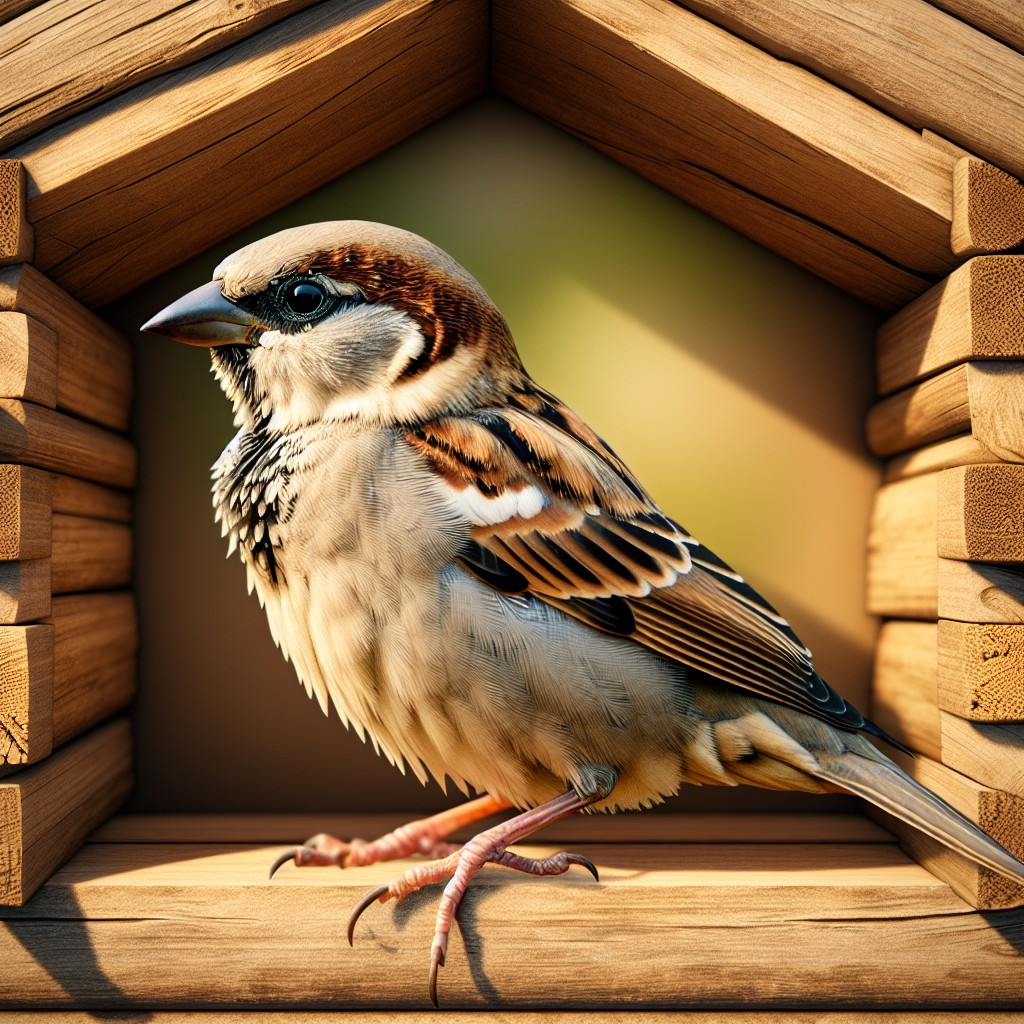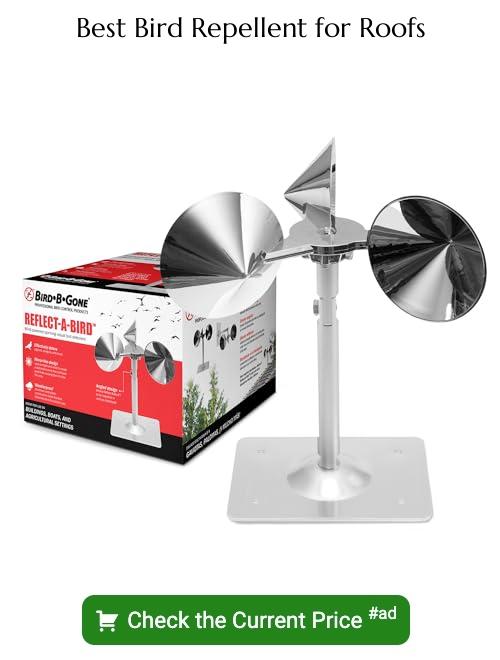Last updated on
In this how-to guide, you’ll learn safe and humane strategies to remove birds that have settled inside your roof.
Key takeaways:
- Identify the type of bird and understand legal protections
- Use proper bird removal techniques for safe and humane removal
- Seal entry points after removing the birds to prevent future intrusions
- Clean and disinfect the affected area to prevent health risks
- Consult local wildlife authorities and professionals for guidance and permits
Identify the Type of Bird

Determining the species involved is crucial as it informs the removal method and legal considerations. Different birds exhibit unique behaviors and may require specific techniques for humane and effective removal.
Additionally, some birds are protected under local or federal laws, such as the Migratory Bird Treaty Act in the United States, which makes it illegal to remove certain species without a permit.
Listen for distinctive sounds, such as the cooing of pigeons or the tapping of woodpeckers, and look for physical characteristics like plumage color and beak shape to aid in identification.
If uncertain, consulting a wildlife expert or using a bird identification app can provide clarity.
Understanding the bird’s habits also helps in planning the best time for removal, as some birds may leave the nest at certain times of day, reducing the chance of direct contact during the process.
Use Proper Bird Removal Techniques
Commence by calmly identifying the birds’ common entry and exit points, usually through damaged roofing or unsealed vents. Observe bird activity at different times of the day to discern their movement patterns.
Employ bird-specific removal techniques that ensure the safety of the birds and comply with local wildlife regulations. For small birds, gently guide them toward an open window or door using a soft broom or by strategically placing a light source that encourages them to exit the space.
In cases where nests are found, it is best to wait until the fledglings can fly and have left before attempting removal. If immediate eviction is necessary, consult with a local wildlife rehabilitator or wildlife control service for humane options.
Install one-way doors or nets at entry points to allow birds to exit but prevent them from re-entering. This should be a temporary method until all birds have vacated the premises before permanently sealing entry points.
Never use toxic products or lethal measures to remove birds, as this can violate animal welfare laws and potentially harm other wildlife or pets. Remember, never handle birds with your bare hands; wear protective gloves to reduce stress for the birds and to protect yourself from potential disease transmission.
Seal Entry Points After Removal
Once the birds are safely removed, closing off access is essential to prevent future intrusions. Inspect the roof for gaps or holes, paying close attention to eaves, vents, and where roofing materials may be damaged or missing.
To seal these entry points:
- Use appropriate materials such as metal mesh, hardware cloth, or roof sealant that match the roof’s composition, ensuring durability and weather resistance.
- Confirm that the repairs blend with the existing roof structure, maintaining aesthetic integrity while remaining functional.
- Address any structural damage that could compromise the roof’s integrity and lead to further avian or pest issues.
Clean and Disinfect the Affected Area
Once birds have been safely removed from your roof, remaining droppings and nesting materials can pose health risks due to bacteria, parasites, and fungi. Begin by wearing appropriate protective gear like gloves and a mask to prevent inhalation of dust and pathogens. Gently remove any nests or debris, placing them in sealed bags for disposal.
For disinfection, diluted bleach (one part bleach to nine parts water) is effective. Apply the solution to the affected areas, allowing it to stand for a few minutes to sanitize thoroughly. Alternatively, use a commercial bird droppings disinfectant following the manufacturer’s instructions. This process not only safeguards human health but also helps to deter birds from returning, as they are less likely to re-nest in clean, odor-free spaces.
Ensure the area is well-ventilated during cleaning, and once completed, wash your hands and any exposed skin thoroughly to reduce the risk of any disease transmission. Regular roof maintenance, including cleaning and inspection, will help prevent future bird infestations.
Understand Legal Protections for Birds
It’s essential to be aware that many bird species are protected by law. In the United States, for example, the Migratory Bird Treaty Act (MBTA) prohibits the disturbing, capturing, or killing of migratory birds without a permit. Similarly, the Endangered Species Act provides protections for species that are at risk of extinction.
Here are some key points to consider:
- Research Specific Species: Before initiating any bird removal process, identify the species and research its protected status.
- Legal Permits: If the bird is protected, you may need a permit to legally remove it. Contact local wildlife authorities for guidance.
- Professional Assistance: In many cases, it is best to hire a wildlife removal professional who is licensed to deal with protected birds.
- Non-lethal Measures: Always opt for humane, non-lethal measures to encourage birds to vacate the premises.
- Time Restrictions: Some laws specify certain times of the year when bird removal is not allowed due to nesting seasons.
Related
- How Long Do I Have to File a Claim for Roof Damage: Key Deadlines and Tips
- Red Roof Inn Council Bluffs: Comprehensive Hotel Review and Information Guide
- Tin Roof Kansas City: Your Ultimate Guide to Nightlife and Entertainment
- Tin Roof Fort Lauderdale: Your Ultimate Local Business Review
- Up on the Roof Anderson SC: Comprehensive Restaurant Review and Guide

